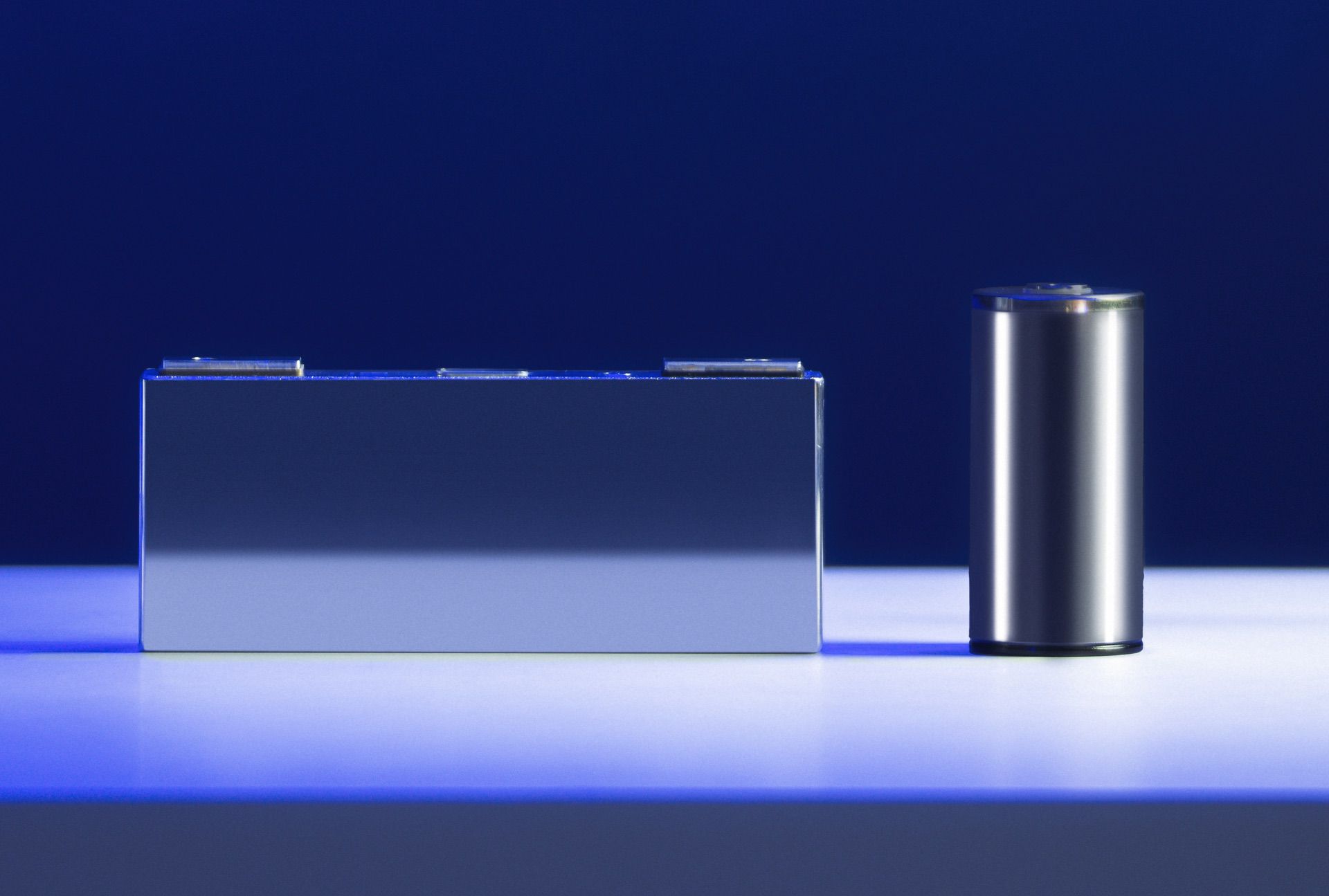BMW is introducing a new generation of battery technology, developed internally, to be unveiled in the “NEUE KLASSE” electric vehicles in the 2025 timeframe. The cylindrical cells are a departure from the prismatic battery format BMW has previously used. The batteries will be built in two heights, 46mm by 95mm (4695) and 46mm by 120 mm (46120).
30% Better range
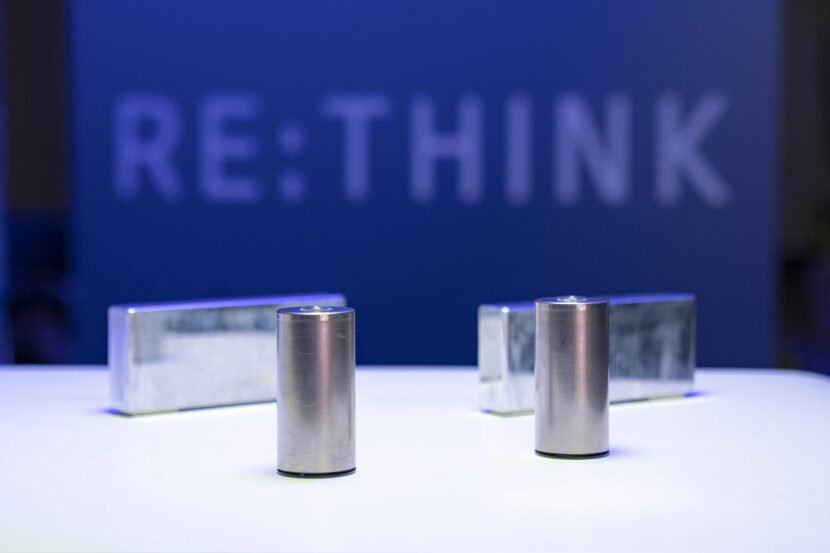
Cylindrical batteries offer several advantages over prismatic batteries that BMW will take advantage of. By adapting the 46 mm diameter they’ve landed in the current ‘sweet spot’ for cylindrical batteries. In addition BMW will be relying on an 800 volt architecture, this allows for significantly faster recharging from a 10% to 80% capacity of the battery system. BMW predicts a 30% reduction in charging times.
The 800v architecture allows for less total heat, thinner wiring – less cost and weight (ever wonder why big box stores run their lighting at 480 VAC?), faster recharging, and better range. Adaptation of the 800v architecture is critical. And 800v level 3 chargers will become standard soon.
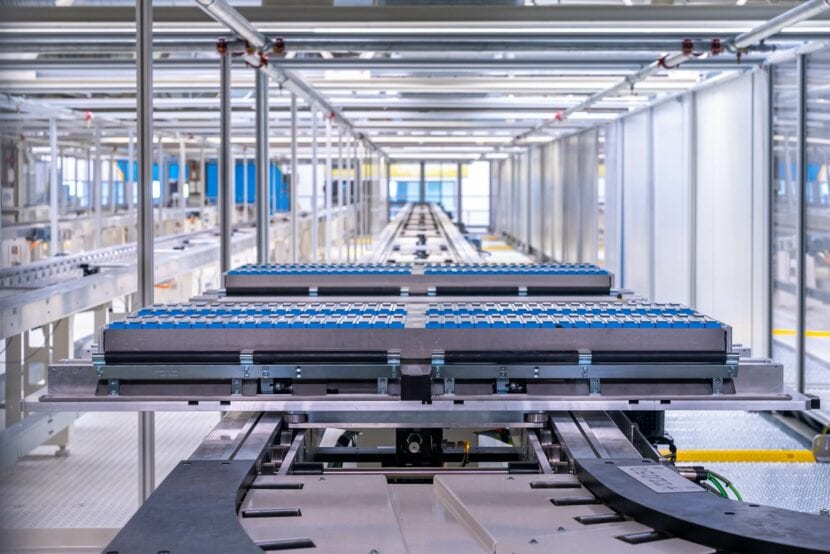
Further, given the new chemistry the cells will use less cobalt and more silicon, increasing energy density and pushing range up by 30%. And, thanks to the new chemistry and the use of cylinders for the battery form, the cost of producing the batteries is reduced by 50%. The Gen6 battery technology’s efficiencies in manufacture will reduce CO2 emissions by 60%.
It was the greater energy density available with the sixth generation battery chemistry that allows the cylindrical cell to overcome the packaging advantages of prismatic cells. The cylindrical cell also offers better thermal management than the prismatic packs.
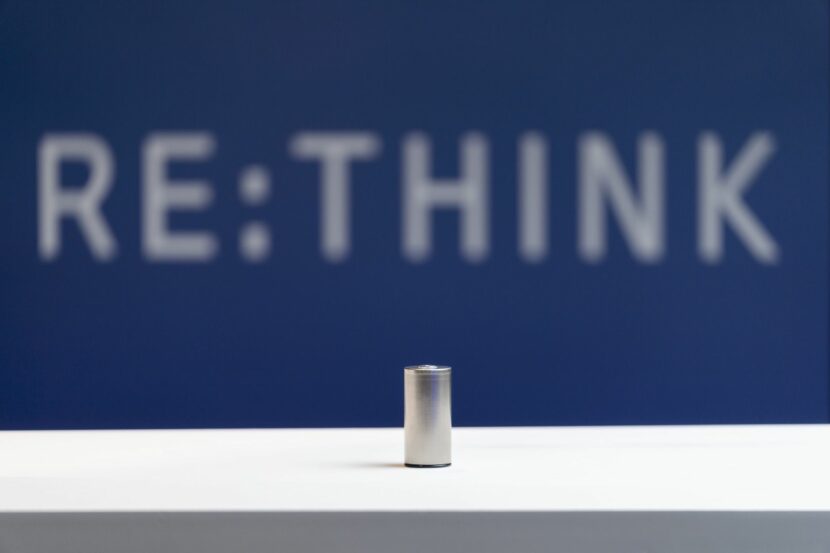
Previous battery pack solutions were optimized in a ‘skateboard’ format – a separate battery pack structure. A substantial physical structure had to be used to enclose the batteries in order to protect them. The cylindrical format offers higher native strength than prismatic cells allowing the pack to incorporated into the open body. This will allow better integration of the battery pack and body – unlike the body above battery pack skateboard design of the BMW i3.
Cylindrical shape and its advantages
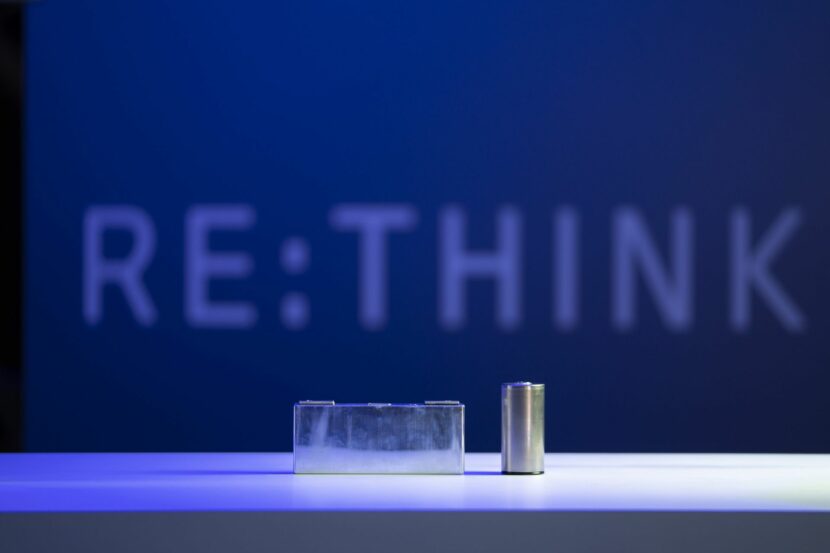
The cylindrical format allows for flexibility in integrating the batteries into the vehicle. This becomes important for reduction of energy consumption due to sub-optimal aerodynamics. It will also allow for good range and performance in smaller vehicles. BMW is planning on a compact sedan, think 3 series size.
A plus for the reduced cobalt content and increased nickel content is improved energy density. Reports are that the Gen6 battery pack will exceed 200Wh/kg. The concurrent move to an 800v architecture will allow an approximate 20 minute 10% to 80% capacity charge time.
BMW published the following; “The newly-developed sixth generation of our lithium-ion cells will bring a huge leap in technology that will increase energy density by more than 20 percent, improve charging speed by up to 30 percent and enhance range by up to 30 percent,” according to Frank Weber, member of the Board of Management of BMW AG responsible for Development. “We are also reducing CO2 emissions from cell production by up to 60 percent. These are big steps for sustainability and customer benefits.”
BMW also reports that; “The battery, drive train and charging technology in the NEUE KLASSE will also have a higher voltage of 800 volts. Among other things, this will optimize how energy is supplied to direct current high-power charging stations, which can achieve a much higher charging capacity with a current of up to 500 amperes – thus reducing the time it takes to charge the vehicle from 10 to 80 percent by up to 30 percent.”
Suppliers: CATL and EVE
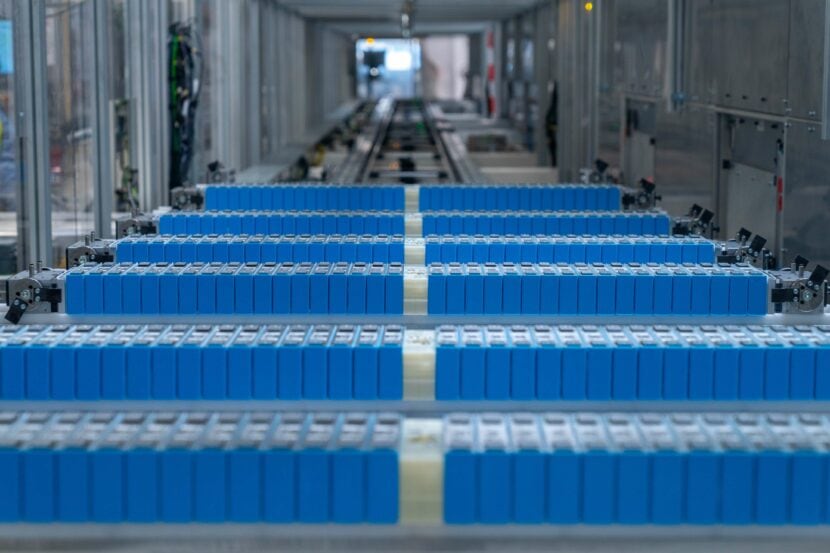
With a prediction of almost half of global sales by the end of this decade being NEUE KLASSE vehicles, battery production is critical. BMW has contracted with two current battery suppliers. CATL and EVE, to create 120 Gigawatt-hours of battery production at six sites on three continents. Two factories will be located in Europe, two in China, and two in North America – one in Mexico, the other in the US.
Along with substantial reductions in CO2 emissions, BMW intends to reuse raw materials extensively. By using ‘circular loops’ – reuse – in sourcing raw materials BMW, and its battery production partners, reduces environmental risks and the risk of sourcing materials from disreputable mines. BMW’s long term goal is to be able to use a completely recyclable battery cell.
BMW mentioned that they’ve been building expertise in battery technology since 2008. They report that, “(t)his expertise has been pooled at the BMW Group Battery Cell Centre of Excellence in Munich since 2019. The centre covers the entire value chain from research and development to battery cell design and manufacturability. The BMW Group uses a network of around 300 partners so that innovations in the field of battery cell technology can be put into practice quickly and efficiently. These partners include established companies, start-ups and universities.”
BMW has diligently pursued electrification technology for years and they introduced the i3 and the i8 not long ago. With the Gen6 battery technology BMW further solidifies its commitment to an electric future.


